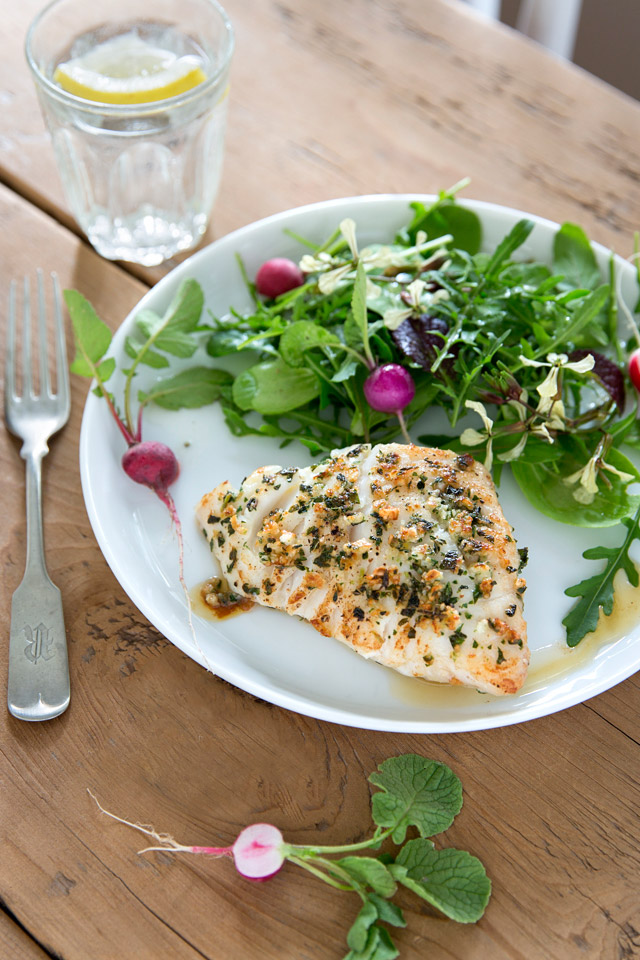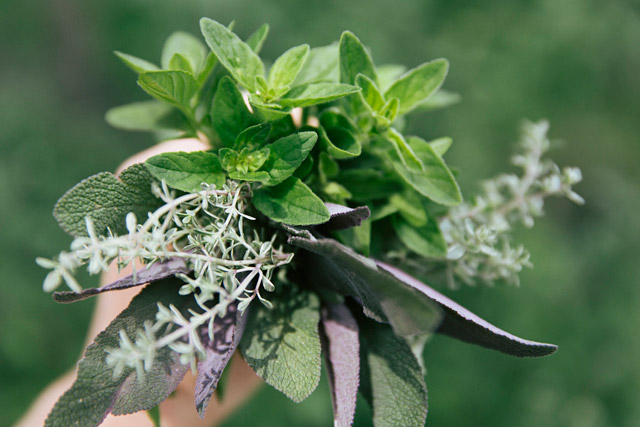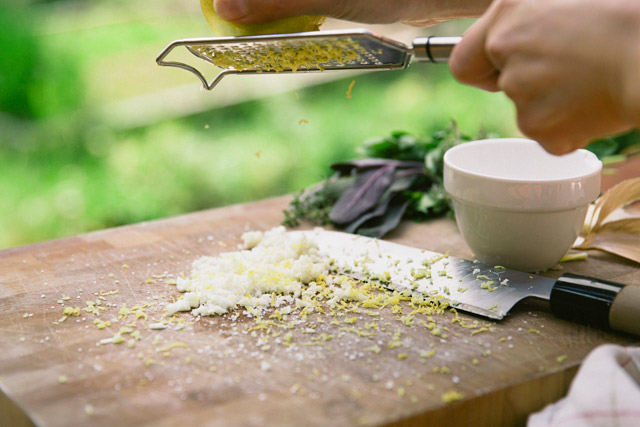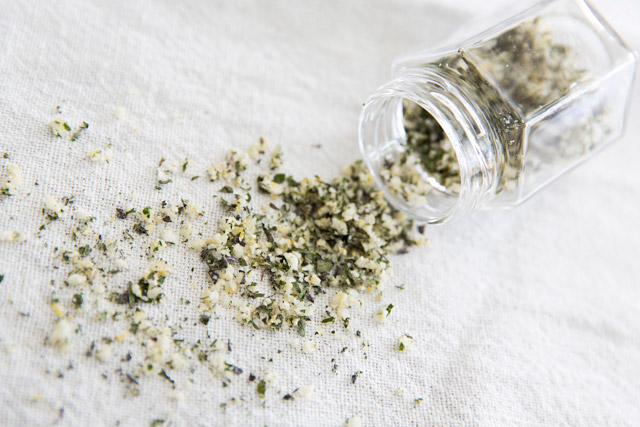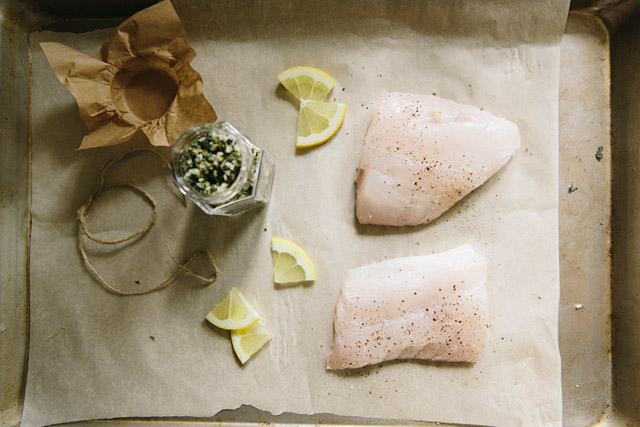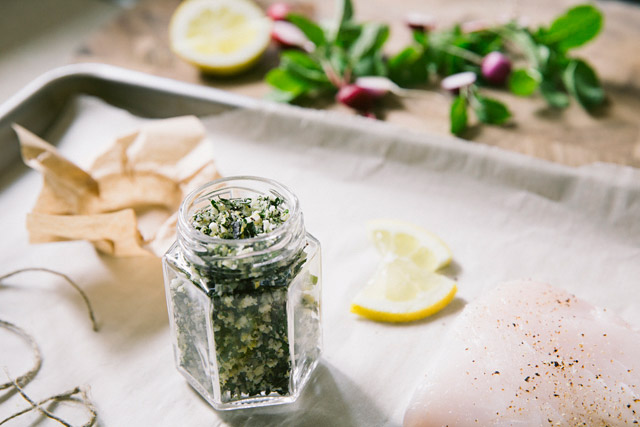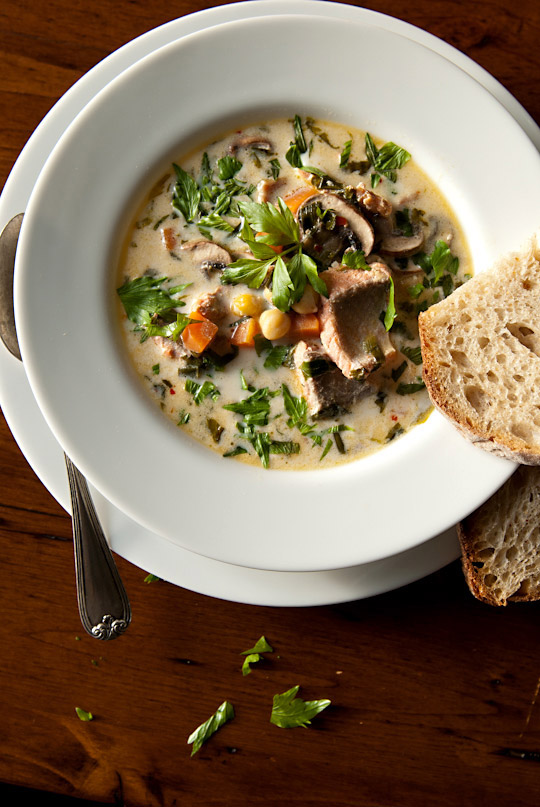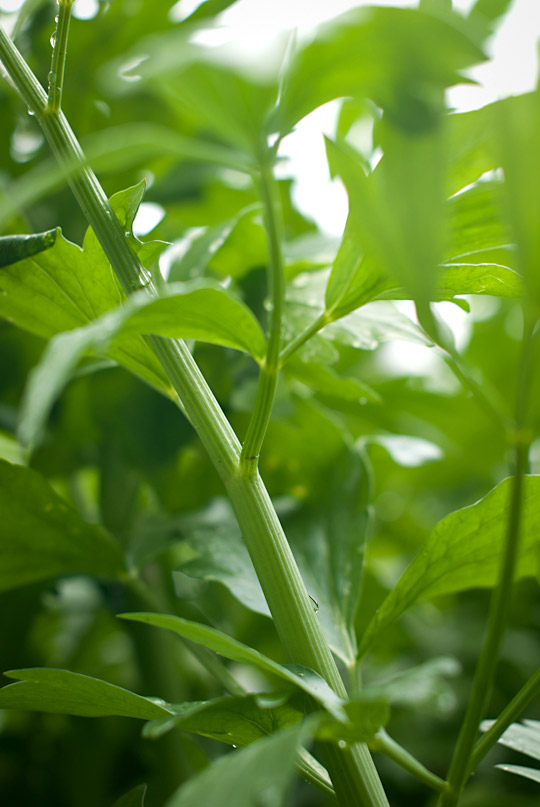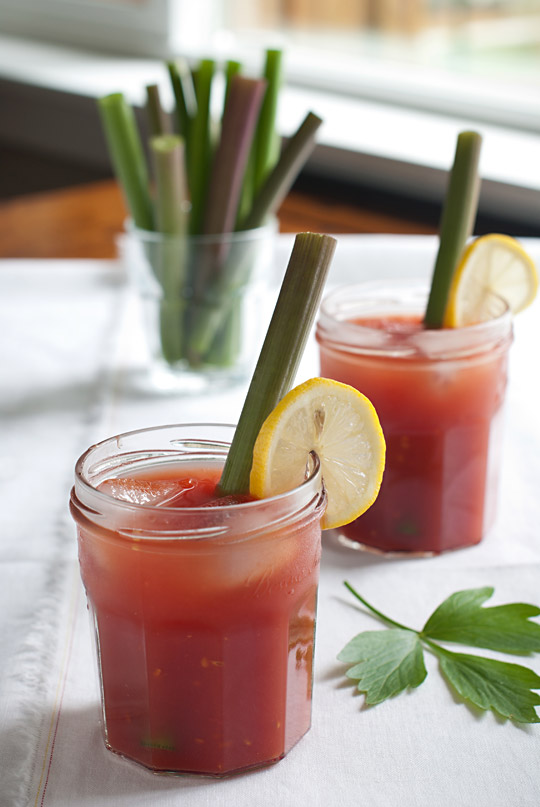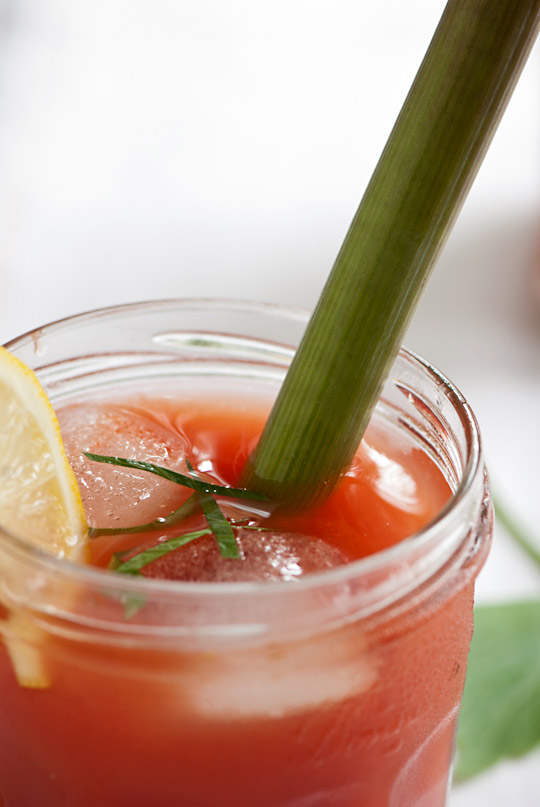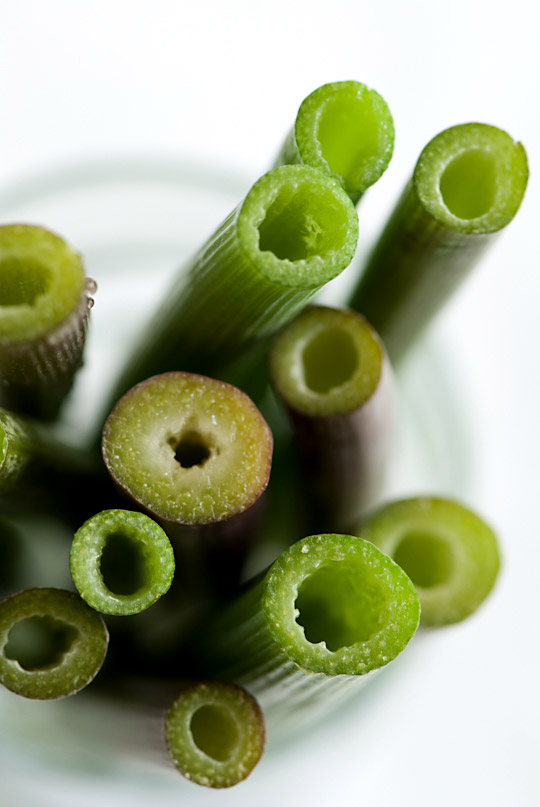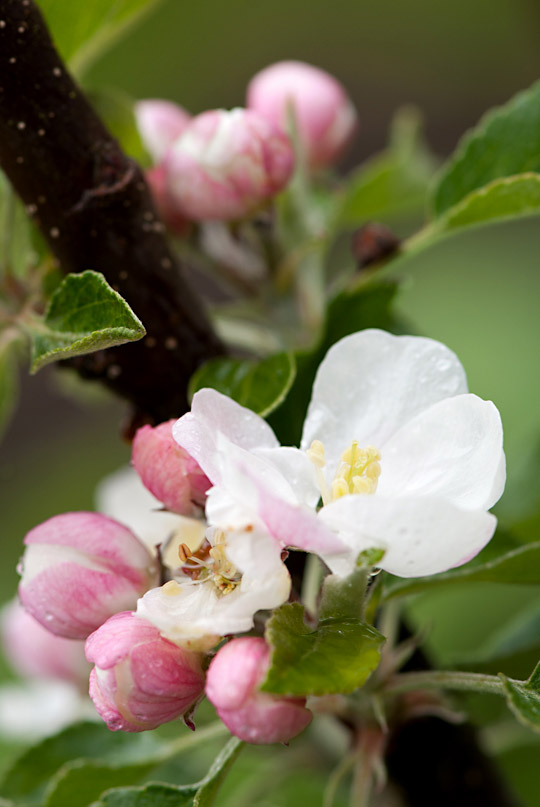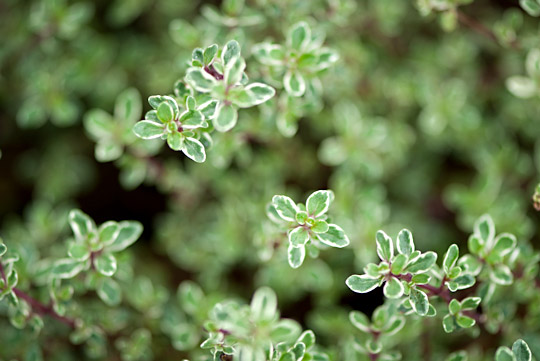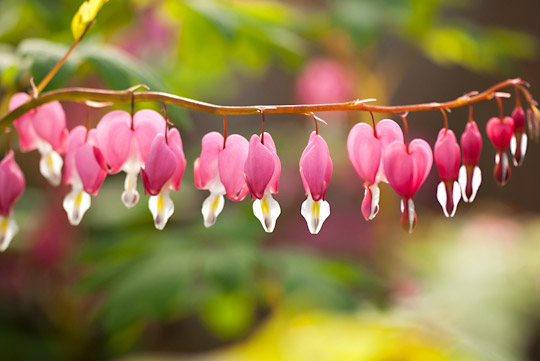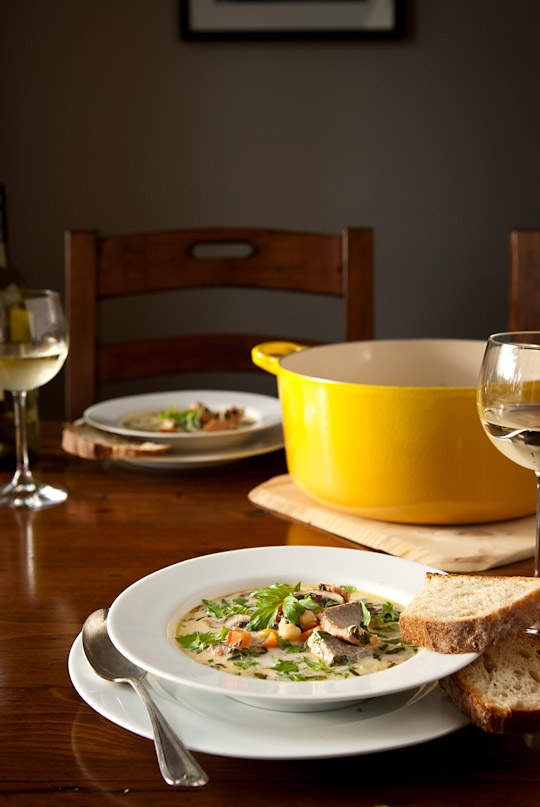Where is your sacred place where you can calm your mind, relax, be alone, disconnect the noise, think through daily happenings, or seek solace? For me, it is my garden. I may crawl under a fruit tree or hide behind a lush growth of raised beds in order to find a peaceful space now and then.
A few years ago, I got a little ahead of myself and had too many gardens to look after (thanks to my friends who trusted me and offered me their piece of land). This caused me to have to divide my attention amongst each garden. It goes without saying that I did not have time to truly appreciate any of them, but instead felt constant frustration and pressure to catch up with the growth of the vegetation.
After dropping all the other gardens in order to concentrate exclusively on my own garden at home, I began to truly re-appreciate the reality of having a garden. I spend more time there now, especially when I need to calm my mind. Stroking the leaves of herbs, feeling the grass on the back of my feet, thinning spinach seedlings, eating, weeding unwanted plants and picking slugs (oh, so satisfying!), listening to birds, feeling the warmth of light, smelling the air… I cannot list all that I experience in this space. It is sacred. It is a natural medicine. I hope everyone out there can have access to such a place or find their own place to call sacred where they can be themselves…alone.
Lemon Herb Salt
Herb salt is so easy to make yet so useful, and makes a great homemade gift for your foodie friends. You can use any herb of your choice, aside from those mentioned below, as long as it has a solid texture (eg. rosemary, oregano, lavender and even lovage). I use herbs that have begun to spill onto a garden pathway, out of control! Use for any recipes that call for salt, but if you perform this substitution you might want to omit garlic and lemon.
Makes a small jar
2 garlic cloves, peeled and sprouts discarded
2 tablespoons Kosher salt
½ to 2/3 cup mixture of marjoram, sage and thyme
Lemon zest from 1 organic lemon
Wash the lemon and herbs well and pat dry. Strip leaves from the herbs and discard or compost hard stalks.
Roughly chop garlic on a large cutting board. Add the salt and continue to mince garlic until it becomes fine textured. This will transfer the aroma of garlic to salt.
Grate lemon over the mixture, add herbs, and continue to mince.
Spread the salt mixture on a baking sheet lined with parchment paper and dry until garlic and herbs are crisp. I place weights on the corners of the paper so that I prevent the salt mixture from being blown away by accident, especially when I dry it outside.
Store in an airtight container.
Halibut with Lemon Herb Salt
Serves 2
2 pieces halibut, washed and patted dry
Freshly ground black pepper
Lemon Herb Salt
1 tablespoon butter
1 teaspoon olive oil
Sprinkle black pepper and lemon herb salt both sides of the halibut pieces.
Warm up a well-seasoned or non-stick pan over medium high heat, and add the butter and oil.
When the butter is hot, fry one side of the fish until it turns golden, pressing gently down on the pan in order to encourage the herb salt to stay intact.
Flip and repeat until the centre of the fish becomes opaque and flakey.
Serve with green salad.

